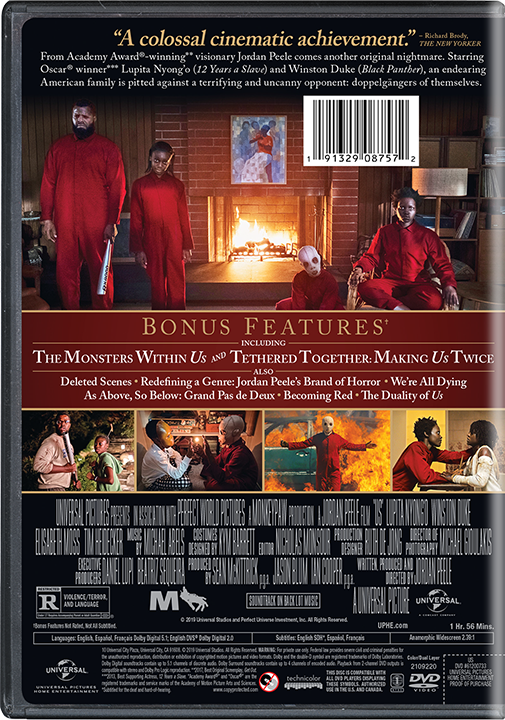


This cookie is set by GDPR Cookie Consent plugin.

The cookie is set by GDPR cookie consent to record the user consent for the cookies in the category "Functional". The cookie is used to store the user consent for the cookies in the category "Analytics". These cookies ensure basic functionalities and security features of the website, anonymously. With serious skill and the business acumen to stay relevant, 50 may have started as a villain, but he became a hero.Necessary cookies are absolutely essential for the website to function properly. He used his competitive edge to produce the TV show Power, which was a cultural phenomenon until its sixth and final season in 2020.

His cocky, laidback flow on singles like “Wanksta,” “In Da Club,” and “P.I.M.P.” gave rap a jolt and made 50 a star. Dre’s Aftermath Entertainment, Get Rich or Die Tryin’ was released. A year later, through a joint deal with Interscope and Dr. Featuring beats by Trackmasters, True Master, and Nottz, 50 dropped Guess Who’s Back?, a compilation that caught the attention of Eminem, who signed him to Shady Records. After healing from his injuries, he vowed to create music and bounce back from a failed deal (his 2000 album, Power To The Dollar, was shelved by Columbia after the shooting). This didn’t always work in his favor: In 2000, 50 was shot nine times in a parked car. No one was safe, and he governed his career with the same bravado. Case in point, his first single was “How To Rob,” a controversial track about stealing money from R&B singers, rappers, and Hollywood A-listers. The Queens-born rapper entered as hip-hop’s newest villain: a fearless, battle-ready MC who wanted to make a mark through unconventional methods. The icons who built the genre in the 1980s and ‘90s had moved on or-in the cases of The Notorious B.I.G. In 2003, hip-hop was in transition it had become glossy and needed an antagonist-that's where Curtis "50 Cent" Jackson came in.


 0 kommentar(er)
0 kommentar(er)
